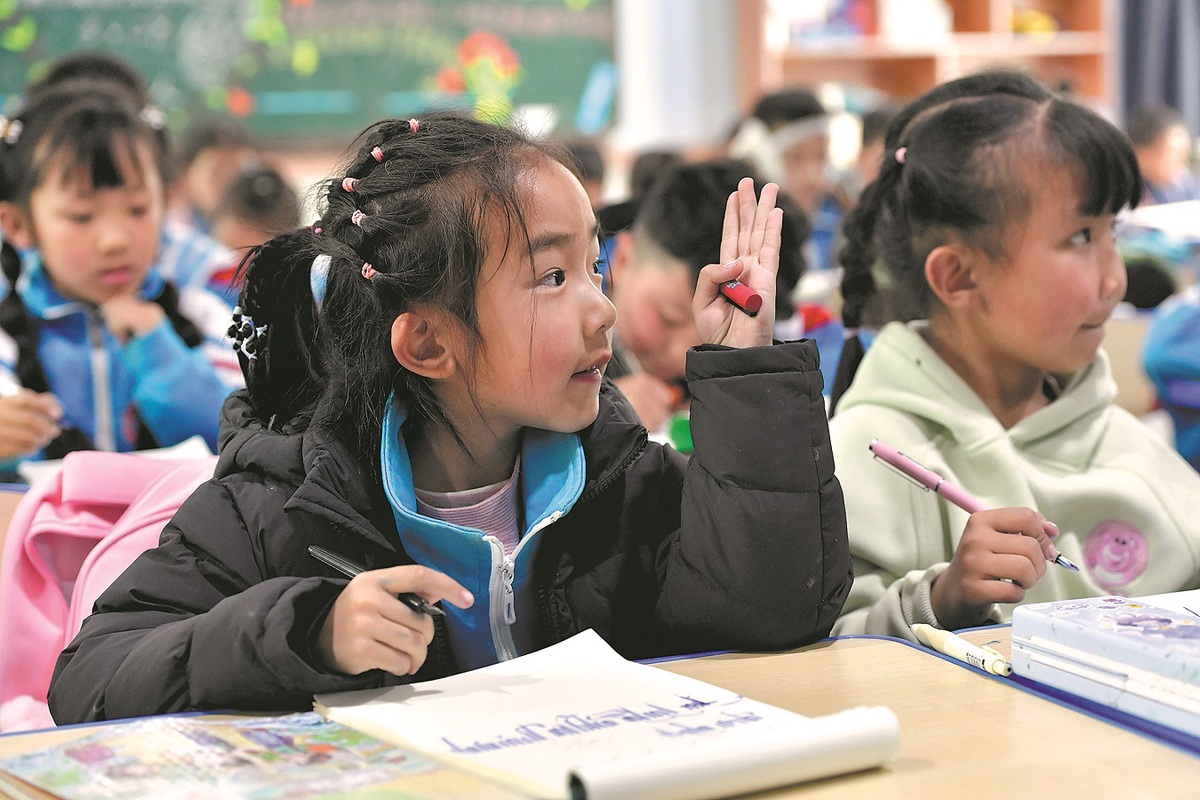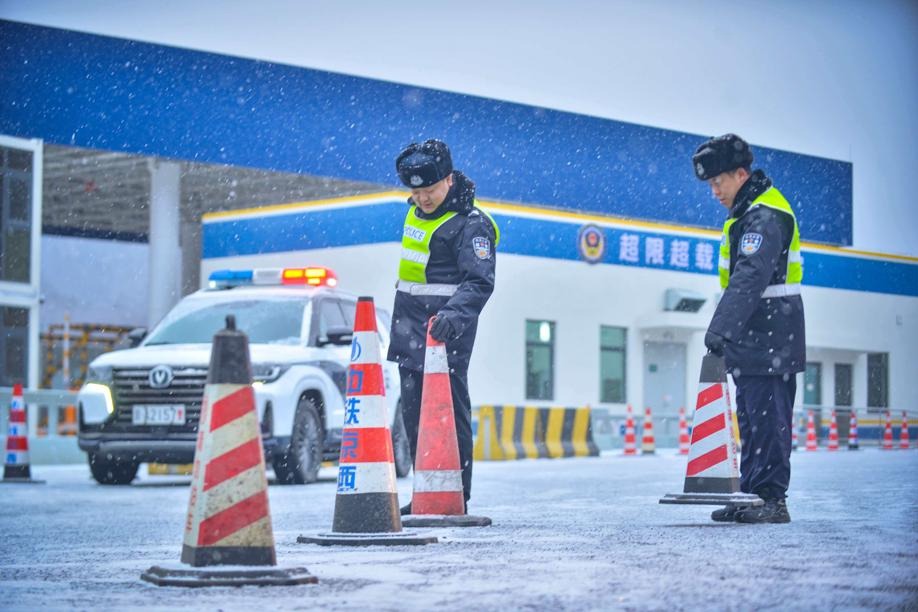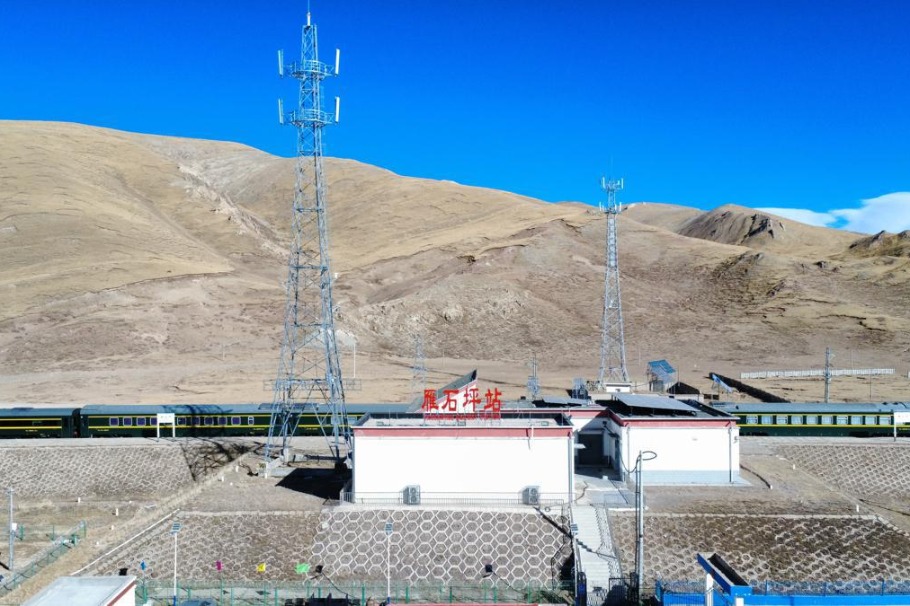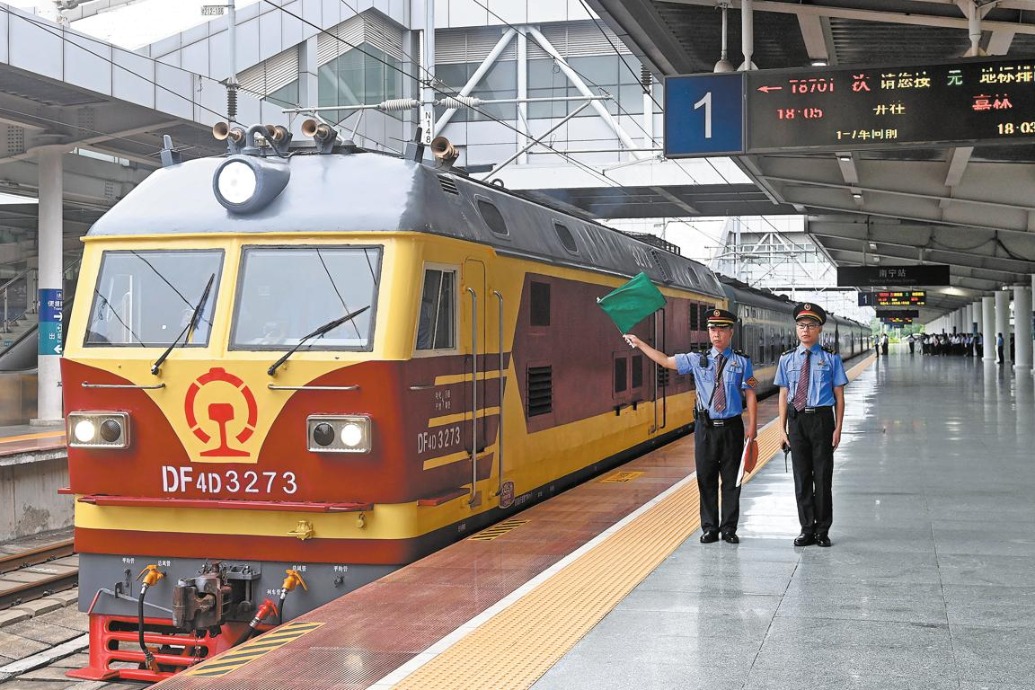Xizang details progress in education


The Xizang autonomous region has witnessed a remarkable transformation in its educational landscape since the region started practicing democratic reform in 1959, regional education authorities said at a news conference on Wednesday.
Over the past 65 years, under the special care of the central government and with support from people across the nation, education in Xizang transitioned from a privilege enjoyed by a few to a fundamental right accessible to all, Cai Shoukuan, an official from the regional department of education, said at the news conference.
The bureau said the region's annual investment in education rose from just over 1.82 million yuan in 1959 to 39.3 billion yuan ($5.4 billion) last year, with cumulative investment totaling 340 billion yuan.
From the 18th National Congress of the Communist Party of China in November 2012 to the end of last year, the region's cumulative investment in education was 293 billion yuan, six times the total investment between 1959 and 2011.
By the end of last year, the region boasted 3,472 schools at various levels, with 960,000 students — 26.3 percent of its total population — receiving tuition.
The region achieved a 90.4 percent enrollment rate for preschool education, a 97.7 percent consolidation rate for compulsory education, a 91.2 percent enrollment rate for high school education, and a 57.6 percent enrollment rate for higher education.
Cai said the region established a 15-year publicly funded education system, with the government paying for children's school meals, lodging and tuition from kindergarten to senior high school.
"It has raised subsidy standards for students 21 times in the past few decades, with each student to receive 4,620 yuan a year beginning this fall," Cai said.
Heating systems have also been installed in 1,682 schools at high altitudes, he added.
Ma Jinping, a postgraduate student at the Tibet University, is a direct beneficiary of the government's student aid programs.
She said that during her first year at the university, she received a first-class scholarship of 8,000 yuan, and then received 5,000 yuan second-class scholarships in her second and third years.
In addition to the scholarships, the university provides a minimum living allowance of 600 yuan a month to each student, which greatly alleviates the financial pressure on their families, she said.
"I am very grateful for the support provided by the university, the nation and society to the graduate student community," Ma said.
- HKSAR chief executive says to conclude residential complex fire probe within 9 months
- Viral scenic valley in China, not Japan, operators of tourist attraction clarify
- European Chamber Shanghai Chapter calls for stronger EU-China sustainability ties
- Former senior official at State Council body under investigation
- CITIC Group deputy general manager sentenced to life
- Qingdao Port integrates clean energy with China's first hydrogen-electric tugboat




































